Lighting patterns are a great way to create unique portraits.
For me, photography is all about light and having full control over that light. It is why I am obsessed with studio light. Being able to create a shadow here and a highlight there brings me so much joy!
Lighting can make or break your image especially when it comes to portraits. That’s why I think understanding lighting patterns is so important.
What are lighting patterns?
So what are lighting patterns? For me, lighting patterns are the design the light creates when it shines on your client’s faces. Each pattern has a different name.
There are seven main lighting patterns: Split light, loop, Rembrandt, butterfly light (aka Paramount), broad, short light and rim light. These lighting patterns are easy to learn, and I hope these basic tips and tricks can help change how you see lighting.
Not only that, but hopefully they help you start noticing these patterns all over. From magazine covers to posters to albums, elements of these patterns are everywhere in photography today.
Split light
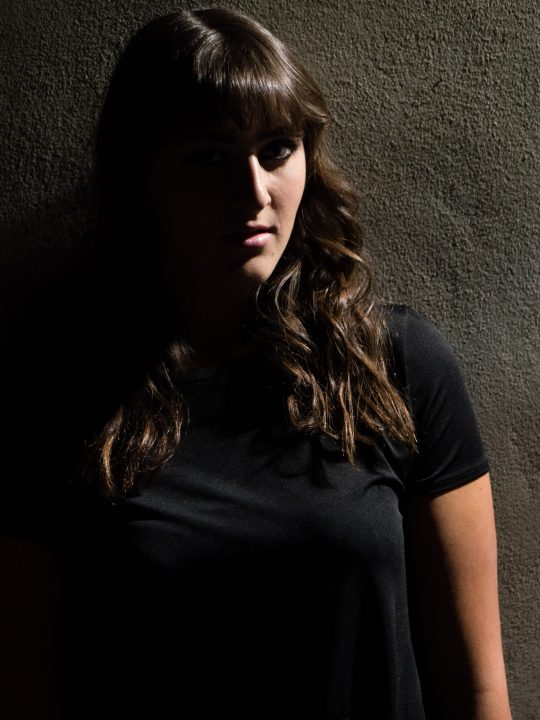
- Equal halves, one side bright and one side in shadows
- Generally, only one eye has a catchlight or light in it at all
- Can tend to feel a little masculine
- How to do it: Place your light to the left or right of your subject, sometimes slightly behind
Loop lighting
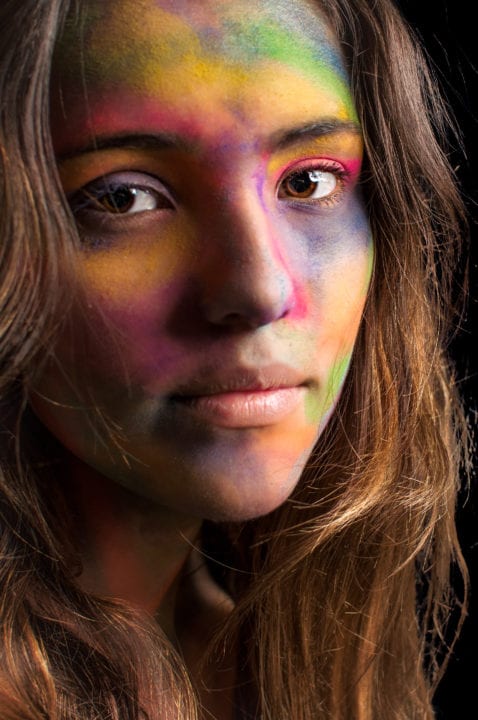
- Small shadow of subject’s nose on their cheek
- Cheek and nose shadow don’t touch
- Works great for most everyone, especially people with oval face shapes
- How to do it: Your light source must be slightly higher than eye level, at about 30-45 degrees from the camera
Rembrandt or Paramount lighting
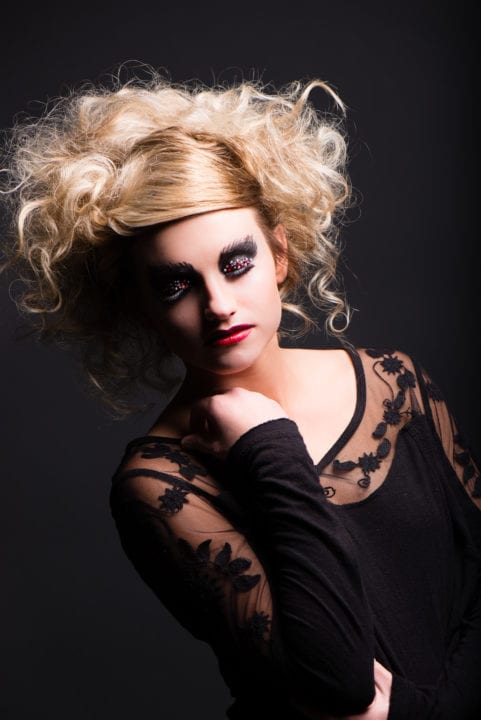
- Identified by the triangle of light on the cheek
- Nose and cheek shadow touch
- Generally, both eyes have a catchlight (considered more dramatic)
- How to do it: Have your subject turn slightly away from your light source. Place the light above the top of their head so the shadow falls down toward cheek, so the shadow cast by the subject’s nose makes the triangle shaped highlight.
Butterfly lighting patterns
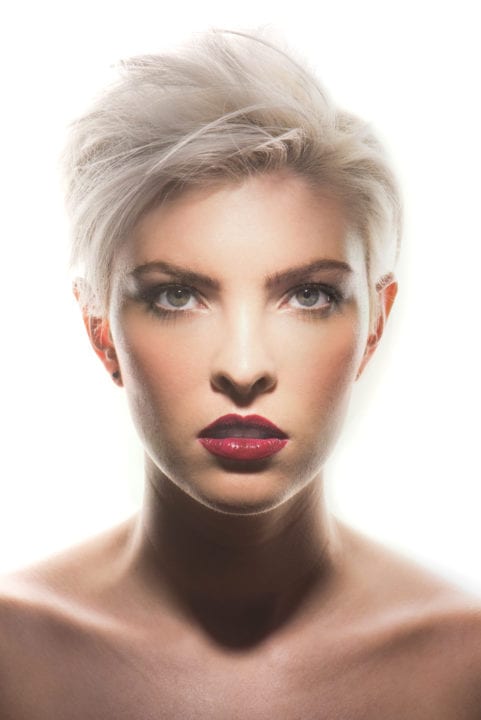
- Named after the shape the shadow makes under the nose
- Used a lot for glamour, adds shadows under client’s cheek and chins
- Great lighting for women
- How to do it: Place your main light source slightly above and down on your client
Broad light
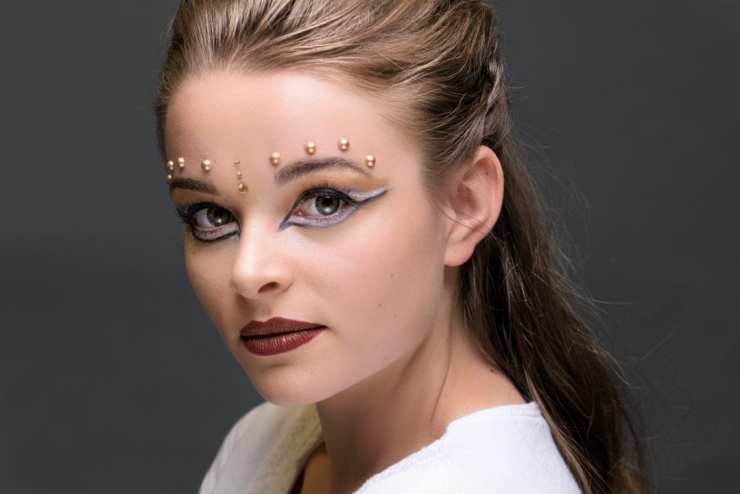
- Not really a particular pattern, more a style of lighting
- When your subject’s face is slightly turned away from the center, and the side closest to the camera is in the light producing a larger area of light
- Side in shadows seems smaller, sometimes making their face look wider. Not great for round/bigger faces.
- How to do it: Turn your client’s face away from the light, with side of the face toward the camera with the most light.
Short light
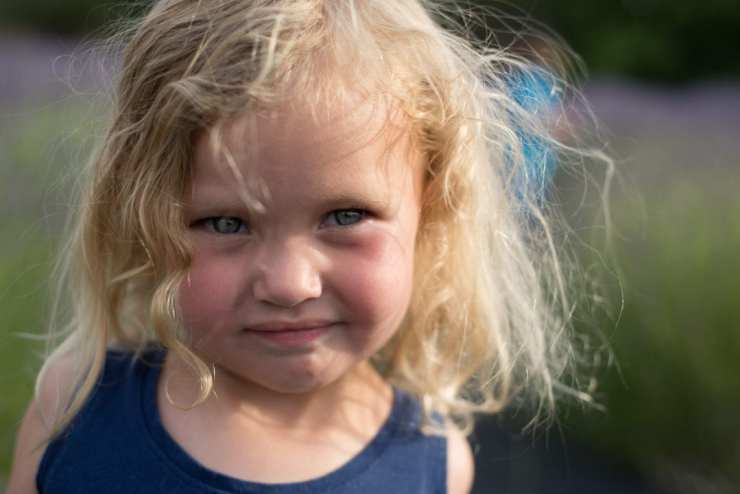
- The side of the face towards the camera is in more shadow
- The face is more shadowed than in light, can be a very slimming and flattering light for people
- This light tends to accentuate wrinkles, be careful when using on women and older people
- How to do it: Turn your clients face towards the light source. The shadow should fall on the largest part of their face.
Rim light
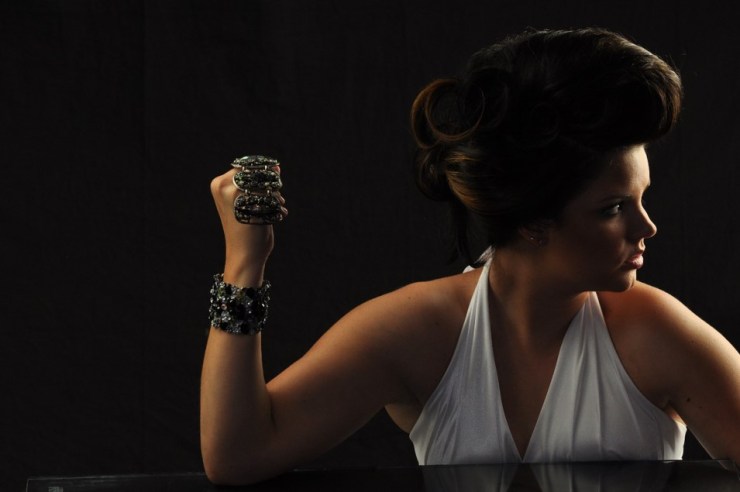
- Your light source is placed behind your subject to cast light on the back of your subject, allowing for some spill to leak around parts of it, creating a “rim” of light around it.
- Shooting directly into the light always creates flame in the frame. In order to prevent the flames from appearing in your frame, always use a lens hood.
- Typically used to separate a subject from a background, giving depth to your image
- How to do it: Hide the flash right behind your subject; the subject stands between your camera and the light source.
Tell your story with the second annual Visual Storytelling Conference!
Experience four days of interactive, online training sessions featuring a range of educational content with experienced photographers and content creators. This free event kicks off with a series of technical boot camps to build essential skills, followed by live, online sessions on photography, video, business and social media. Join live from March 10-13, 2022!
